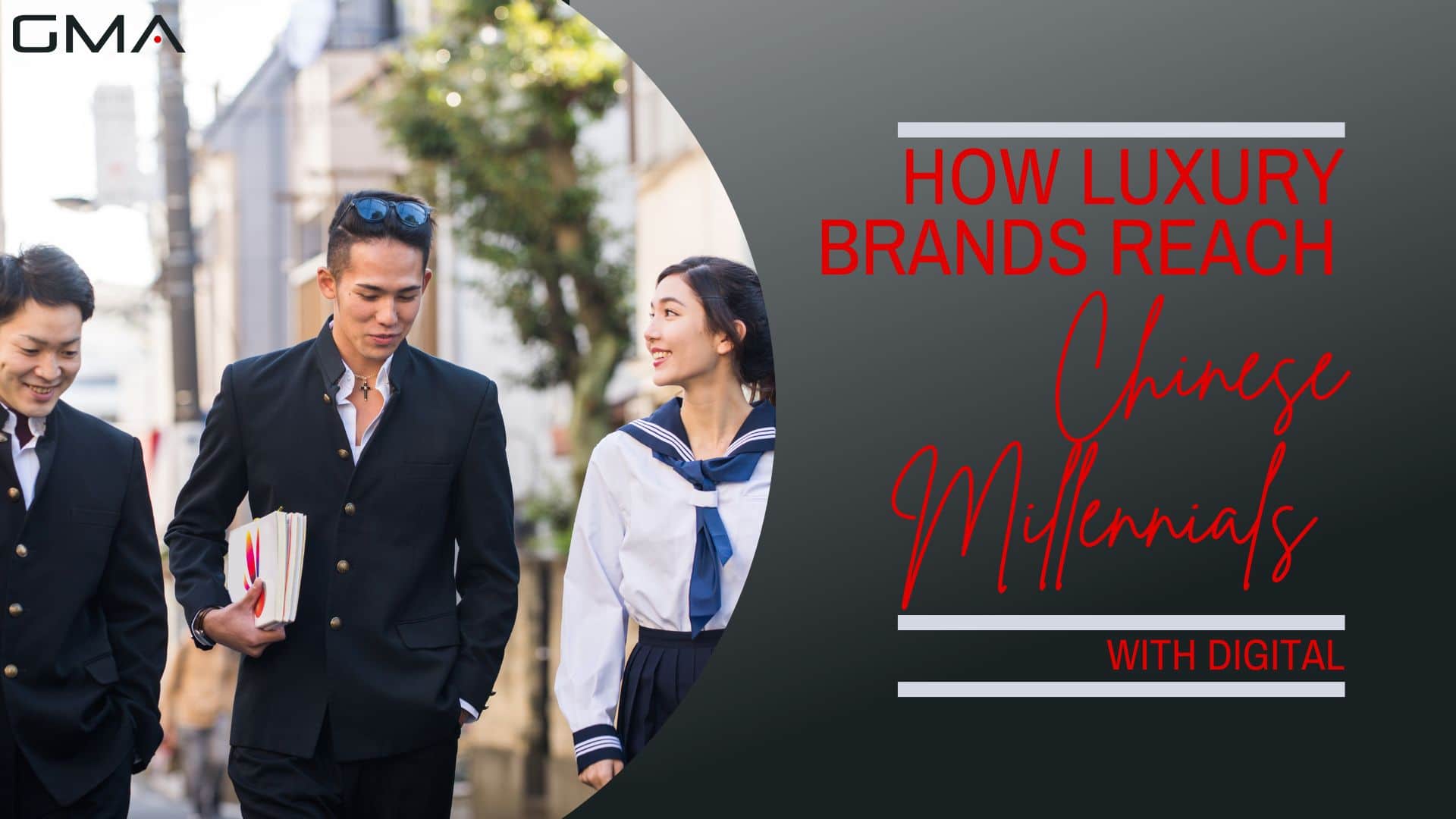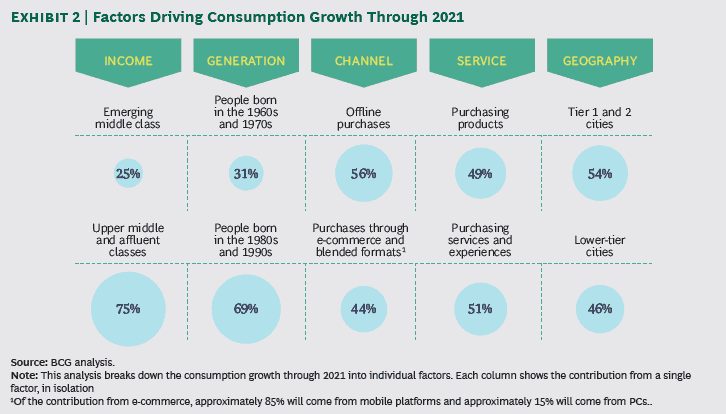Chinese digital transformation is a buzzword. Luxury brands that are present in the Chinese market are not waiting for you to go digital in China. They are looking for a purpose and a reading grid of the best digital practices on the market. As digital is nowadays part of the Chinese culture, the aim is to go from digital transformation to cultural transformation in China. For luxury brands to reach Chinese millennials, 3 different axes have to be considered: the battle of perception, the battle of attention, and the battle of conversation.
Who are Chinese Millenials?
Chinese millennials are a diverse and tech-savvy group that holds significant economic influence in the market. With over 400 million individuals, they represent a massive consumer base with substantial spending power. These millennials are highly connected and rely heavily on technology for various aspects of their lives, including socializing and shopping.
When it comes to their purchasing decisions, Chinese millennials value personal experiences and self-expression. They seek unique and personalized experiences from brands, prioritizing authenticity and alignment with their values. Social responsibility and sustainability are important considerations for them, as they are increasingly conscious of environmental issues.
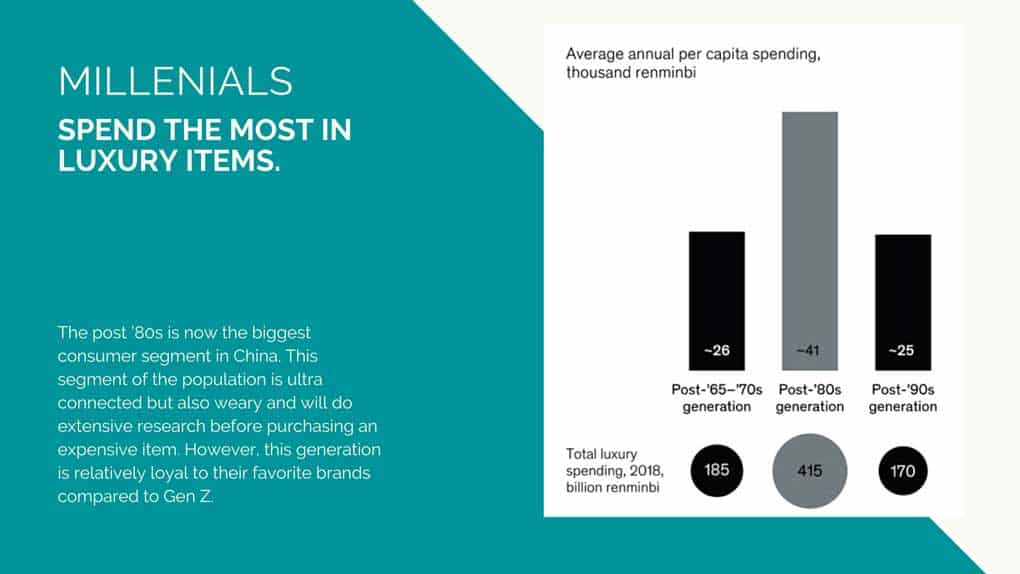
Chinese millennials demonstrate high spending power and strong brand loyalty. They are willing to pay a premium for quality products and exclusive experiences, particularly in the luxury sector. Their desire for exclusivity has led to the rise of niche brands and customized offerings.
Luxury brands have capitalized on this interest by providing personalized and unique experiences that cater to the individuality and preferences of Chinese millennials. For example, brands have collaborated with social media platforms like WeChat to offer personalized customization options for their products.
Furthermore, Chinese millennials have a strong affinity for luxury goods and experiences. Luxury travel and high-end fashion are particularly appealing to them as means of self-expression and showcasing their individuality.
In summary, Chinese millennials are a technologically savvy and economically influential group with distinct preferences and behaviors. Luxury brands must understand their values, desire for personalization, and interest in sustainability to effectively engage and cater to this demographic.
The Best Digital Practices of Luxury Brands in China
- #1 – The most engaging brands: Gucci & Dior
- #2 – The most converting brands in e-sales: Gucci & Cartier
- #3 – The most mentioned brands on Social Media: Louis Vuitton & Chanel
- #4 – The most followed brands on Social Media: Louis Vuitton & Gucci
- #5 – The most innovative brands regarding digital practices: Burberry & Louis Vuitton
- #6 – The most consistent brands: Gucci & Hermès
- #7 – The most viewed brands on Youku: Burberry & Louis Vuitton
- #8 – The most performing brands with KOLs: YSL beauty & Revolve
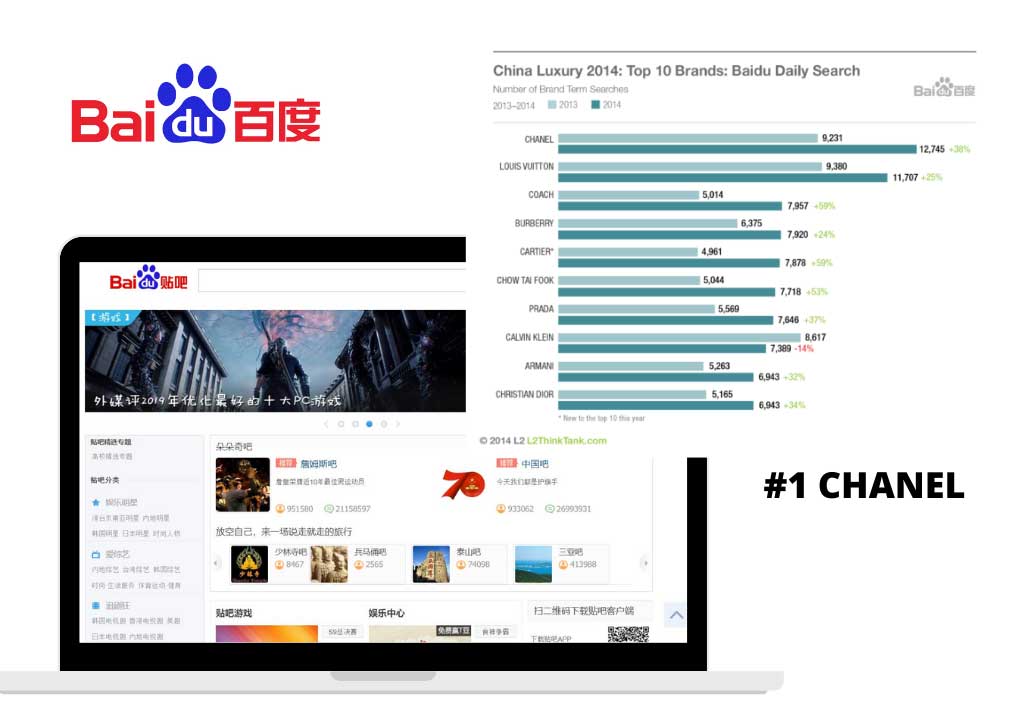
How Do Chinese Millennials Perceive Your Brand Through Digital?
Today, we are evolving in the golden age of substantial. Customers are looking for more know-how and more authenticity to justify the brand’s existence and the products’ value. In a word, the communication of luxury brands has to be innovative to convince the Chinese.
Luxury brands face a double challenge: tackle the competition and keep an exclusive image. They have a top-down speech, to sacralize its history and know-how, to focus more on tangible assets rather than emotional affect. But emotion is everything in China, especially with the rise of New Retail.
Chinese Millennials Have No Time for You…
Every day, the Chinese spend 6 hours per day on their phone. Yet, the average attention of a Chinese consumer is 1.7 seconds on his phone… compared to 2.5 seconds on a computer and 8 seconds of physical attention.
With the increasing amount of content created and shared on a daily basis, the audience is then looking for an additional richness: immediate, sensational, experiential, and unique. The time that customers will give to you is precious and rare, so you have to use it carefully with impacting and adapted content.

… So Use it to Share Impactful Digital Content
Today, the most desired brands are not those with the strongest patrimonial value, like Supreme, Sophia Webster, Urban Decay… But those with the highest cultural dimension. You can draw inspiration from what surrounds you, and communicate content that is easy to watch and remember. Luxury brands always need to remain desirable. So, they need to constantly reinvent themselves in a more premium and unique way. Think from craft credibility (your brand gets inspired) to street credibility (the brand inspires customers). This way, you will be able to create a strong sense of community.
To another extent, the Chinese millennials are more and more into societal debates. They are more sensitive than older generations to sustainability or gender equity. They value brands’ commitment to wider engagement.
Do not hesitate to use luxury activism: not only share what you stand for but what you fight for. For instance, Yves Saint Laurent Beauty launched a worldwide campaign called “Abuse is not loved” to raise awareness of domestic abuse. Such a commitment is key for any customer to identify themselves with the luxury brand they like.

How Can You Reach Chinese Millennials With Your Content?
Among the constant content and information shared online, it is essential to catch and retain the customer’s attention. It is essential to think from media concentration (TV, print, outdoor, and radio) to media fragmentation (360° communication connection touchpoints).
The opportunities for social media content are huge in China: people scroll around 146 meters a day in China (the equivalent of Kheops Pyramid) against around 93 meters in the West (the equivalent of the Statue of Liberty). A new social richness is being created: people want entertainment to entertain others.
Digital Platforms and Strategies
Social media platforms
Social media platforms play a crucial role in reaching Chinese millennials. Here are three key platforms luxury brands can leverage:
- WeChat: WeChat is a popular all-in-one messaging and social media platform in China. It offers various features like Moments (similar to Facebook’s News Feed), Mini Programs (small applications within WeChat), and WeChat Pay. Luxury brands can create official accounts, share engaging content, run campaigns, and provide seamless e-commerce experiences through WeChat.
- Weibo: Weibo is a microblogging platform often compared to Twitter. It allows luxury brands to share content, engage with users, and leverage key features like hashtags, trending topics, and live streaming. Weibo’s large user base makes it an effective platform for brand visibility and engagement.
- Douyin (TikTok): Douyin, known as TikTok outside of China, is a short-form video platform that has gained immense popularity among Chinese millennials. Luxury brands can create entertaining and engaging video content to reach and captivate this audience. Douyin offers various advertising options, challenges, and collaboration opportunities with popular influencers.

Influencer marketing
Influencer marketing is a powerful strategy for luxury brands to connect with Chinese millennials. Chinese influencers, also called KOLs are influential individuals who have amassed a large following on social media platforms. Luxury brands can collaborate with relevant KOLs to promote their products, increase brand visibility, and tap into the influencers’ loyal fan base.
Live streaming and product endorsements
Live streaming has become a dominant trend in China, with influencers showcasing products, providing real-time interactions, and driving sales. Luxury brands can leverage live streaming to engage with Chinese millennials, offer exclusive promotions, and provide an interactive shopping experience.
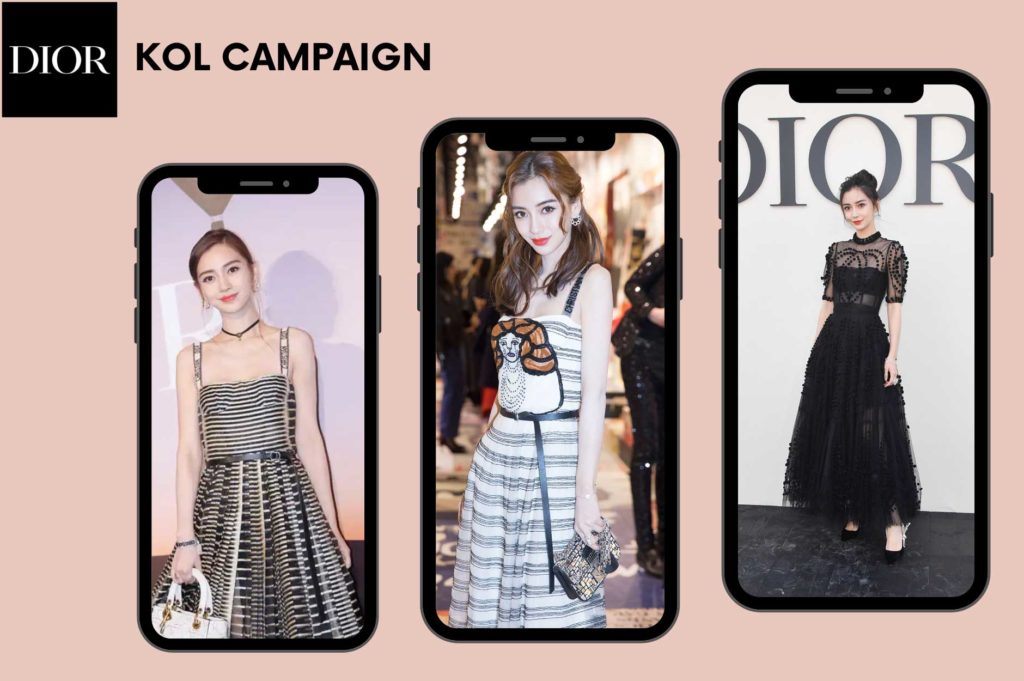
E-commerce Platforms
E-commerce platforms have transformed the way Chinese millennials shop for luxury products. Here are three prominent platforms:
- Tmall Luxury Pavilion: Tmall, owned by Alibaba Group, hosts the Tmall Luxury Pavilion, a dedicated platform for luxury brands. It provides a premium online shopping experience with curated brand pages, exclusive collections, and a trusted environment for Chinese millennials to purchase luxury items.
- JD.com’s Toplife: JD.com‘s Toplife is another e-commerce platform catering to the luxury segment. It offers high-end products, personalized services, and guarantees authenticity. Luxury brands can leverage Toplife’s extensive user base and innovative marketing solutions.
- Secoo: Secoo is a luxury e-commerce platform targeting affluent Chinese consumers. It offers a wide range of luxury products, including fashion, beauty, and lifestyle items. Luxury brands can establish their presence on Secoo and tap into their niche customer base.
Content marketing and storytelling
- Creating engaging and personalized content: Luxury brands should create visually appealing and high-quality content tailored to the preferences and interests of Chinese millennials. This can include fashion editorials, behind-the-scenes videos, lifestyle tips, and interactive experiences.
- Leveraging brand stories and heritage: Chinese millennials appreciate brand stories and heritage. Luxury brands can share their history, craftsmanship, and unique narratives to create emotional connections and foster loyalty.
- User-generated content: Encouraging user-generated content allows Chinese millennials to actively participate in brand storytelling. Luxury brands can launch contests, challenges, or campaigns that involve user-generated content, amplifying brand reach and fostering a sense of community.

One Digital Day of Millennials in the World
In China, in only 1 day there are:
- 1.8 billion photos posted on all social media platforms
- 600K hours of videos posted on Youtube only
- 200 million hours viewed per day on iQiyi
iQiyi is a Chinese online video platform equivalent to Netflix. It belongs to Baidu and hosts Chinese-Asia co-productions to contribute to the street culture rise in China. iQiyi gathers 500 million monthly active users and represents Chinese entertainment at its best. Luxury brands can create alternative content with online video platforms or short video platforms.
In 2021, the global pandemic reinforced the trend of short videos and live streams. The Chinese millennials want to be entertained. On Douyin, the Chinese TikTok, users can get their daily dose of fun, share opinions, learn makeup tips, discover how to cook, or practice English. They evolve in a constant quest for new and innovative content.
In the meantime, Chinese millennials want to create deeper and more meaningful relationships with luxury brands. The success of live streaming is proof that human interactions are even more important in the digital world.

How Can You Interact With Chinese Millennials Through Digital?
Customer Engagement and Experiential Marketing are Important
Luxury brands understand the value of creating memorable and immersive experiences for Chinese millennials. By organizing brand experiences and events, they can effectively engage this demographic. Some key aspects to consider are:
Exclusive Pop-up Stores: Luxury brands can set up temporary pop-up stores in strategic locations to generate excitement and exclusivity. These stores can showcase limited-edition products, host interactive displays, and provide personalized services to enhance the overall brand experience.
Unique Exhibitions and Installations: Collaborating with renowned artists or designers, luxury brands can create immersive exhibitions and installations that combine art, fashion, and technology. These experiences appeal to Chinese millennials who appreciate creativity and aesthetics.
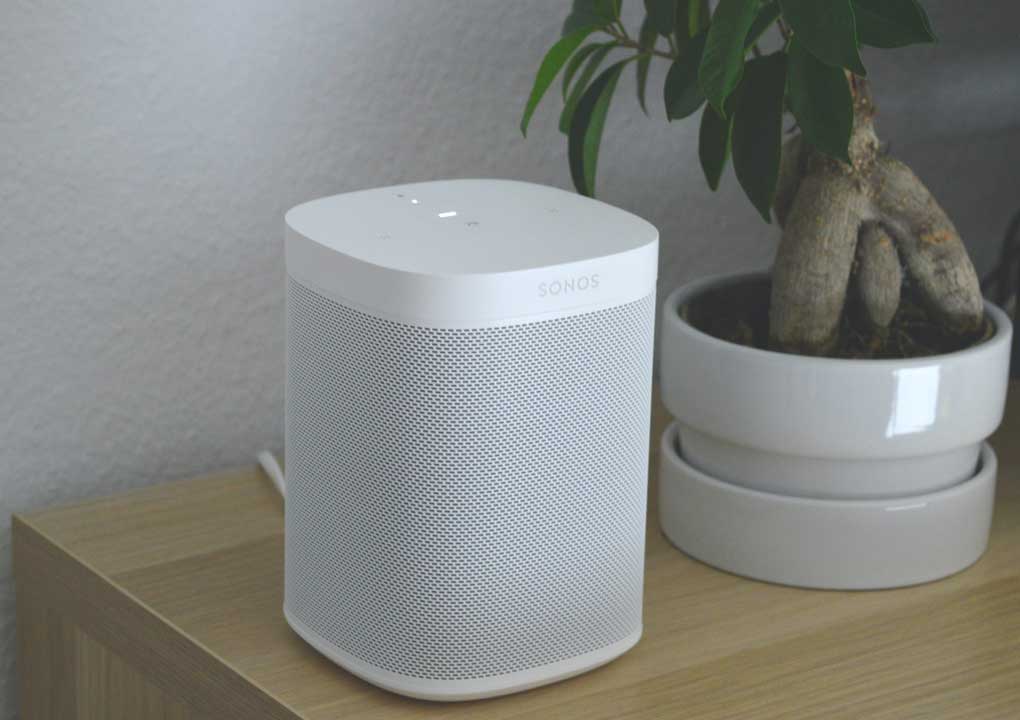
Influencer and Celebrity Collaborations: Partnering with popular influencers or celebrities who resonate with Chinese millennials can attract their attention and create a buzz around brand experiences and events. This collaboration can include meet-and-greets, panel discussions, or live performances, adding a touch of glamour and excitement.
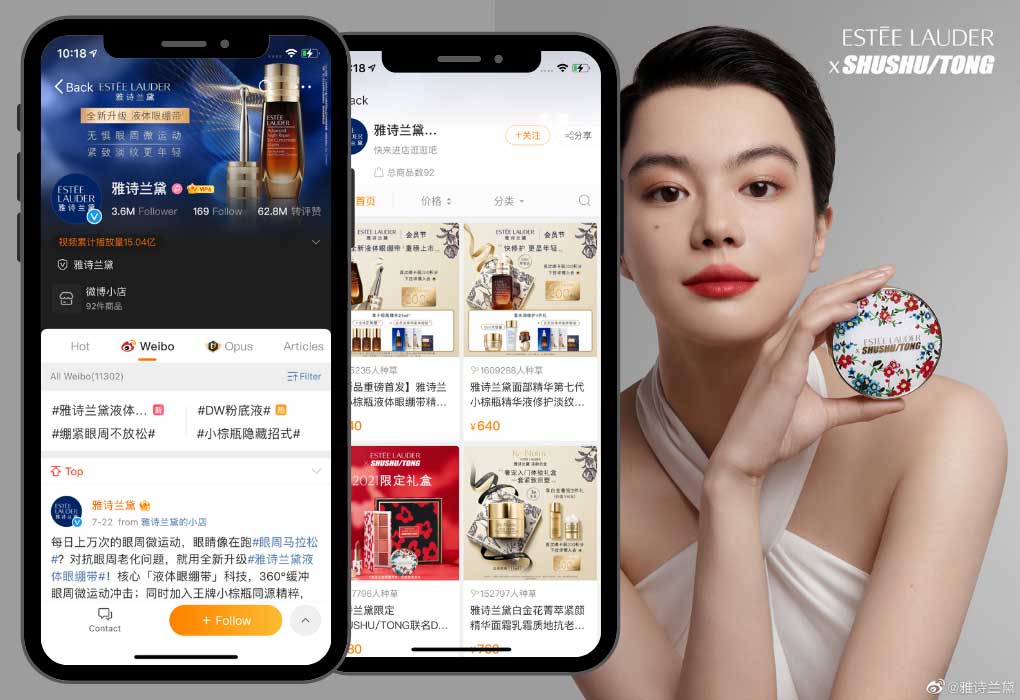
Gamification and Interactive Digital Campaigns
Gamification is an effective strategy to engage Chinese millennials, who are known for their affinity for digital platforms and interactive experiences. By incorporating game-like elements into digital campaigns, luxury brands can enhance customer engagement. Here’s how:
Interactive Quizzes and Challenges
Luxury brands can create quizzes or challenges related to their brand or products. Chinese millennials enjoy participating in interactive activities and sharing their results on social media, creating viral potential and increasing brand visibility.
Virtual Rewards and Incentives
By offering virtual rewards, discounts, or points that can be redeemed for exclusive products or experiences, luxury brands can incentivize Chinese millennials to actively engage with their digital campaigns. This fosters a sense of exclusivity and encourages continued participation.
Limited-Time Digital Events
Creating time-limited digital events, such as flash sales or limited-edition product launches, adds a sense of urgency and excitement. Chinese millennials are motivated by the fear of missing out (FOMO) and are more likely to engage with these time-sensitive campaigns.
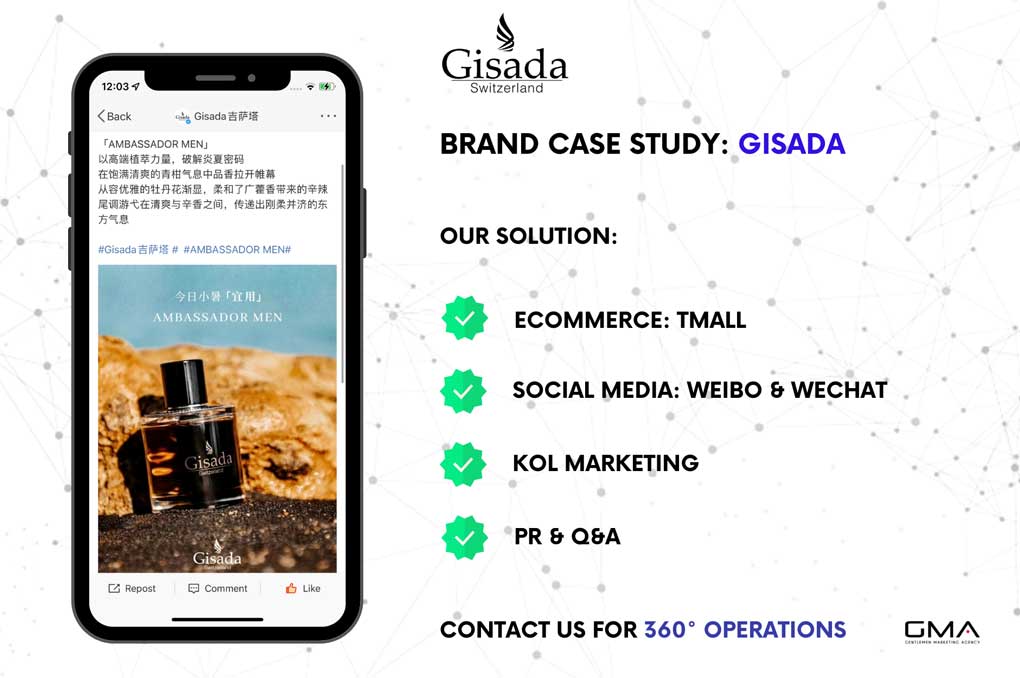
Virtual Reality (VR) and Augmented Reality (AR) Experiences
Virtual reality (VR) and augmented reality (AR) technologies present luxury brands with unique opportunities to engage Chinese millennials through immersive digital experiences. These cutting-edge technologies enable brands to create interactive and captivating encounters in the following ways:
Luxury brands can establish virtual showrooms and offer virtual try-on experiences, allowing Chinese millennials to explore and interact with their products in a realistic and engaging manner. Through VR, users can navigate virtual spaces, examining products from different angles, and gaining a more comprehensive understanding of their features and craftsmanship. This virtual exploration bridges the gap between online and offline shopping experiences, offering a heightened level of interactivity and convenience.
Furthermore, AR filters and effects have gained popularity among Chinese millennials, who enjoy using social media platforms to share their experiences with friends and followers. By developing AR filters and effects, luxury brands can enable users to virtually try on products or accessories. For example, users can utilize filters to see how a pair of sunglasses would look on their face, or experiment with different makeup styles without physically applying the products. By incorporating AR technology into social media platforms like WeChat or Weibo, luxury brands can facilitate user-generated content and enhance brand exposure.
In addition, luxury brands can leverage VR technology to organize virtual events and fashion shows that can be accessed remotely by Chinese millennials. These virtual experiences offer accessibility, convenience, and inclusivity, allowing users to participate in real-time or on demand. With 360-degree video streams, interactive elements, and real-time chats, virtual events provide an immersive and interactive platform for Chinese millennials to engage with the brand’s latest collections and interact with brand representatives and fellow attendees.
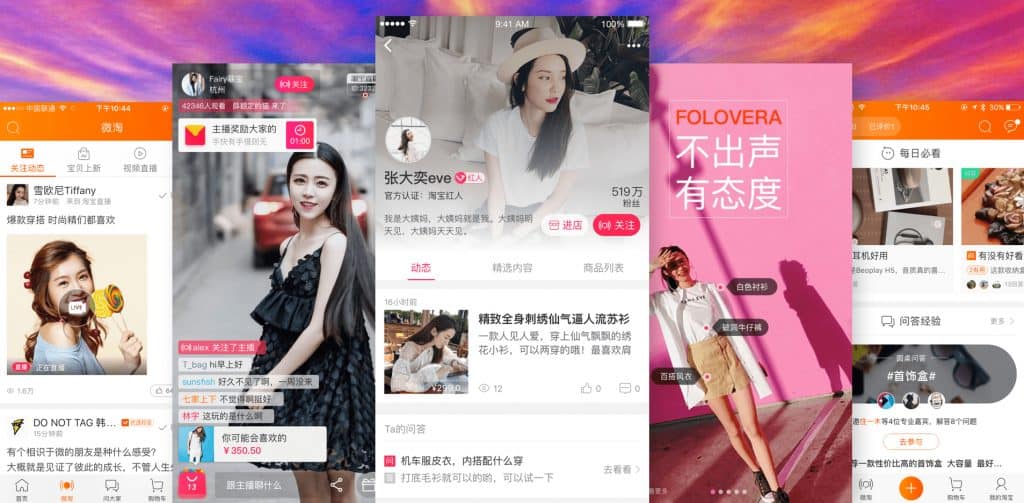
There is a Niche Market for Millennial VPN Users
More than 1 million Chinese citizens use a VPN and have access to international social media. Using Facebook, Instagram, Twitter, or Snapchat, for example, open a huge amount of possibilities and opportunities to reach digitally Chinese millennials. Depending on your marketing strategy in China, you could reach a niche market of open-minded Chinese travelers or target a wider audience of Chinese luxury shoppers.
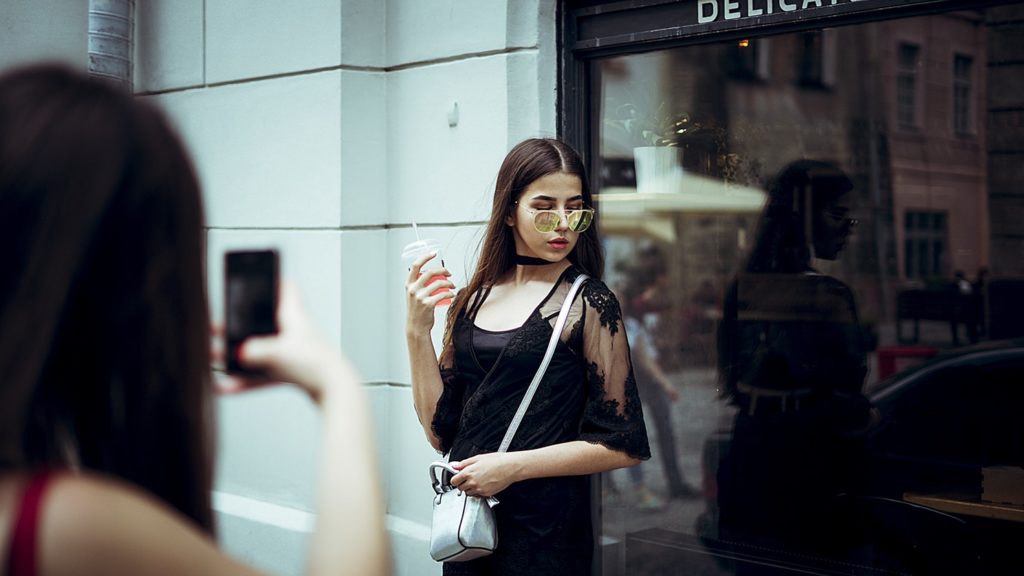
More than 60 million Chinese people use Instagram overseas… almost the total population of France! In China, Little Red Book also called Xiaohongshu is considered to be the Chinese Instagram and gathers 100 million users. Depending on your target, these two apps represent a great advantage. On Instagram, 76% of 18-34 years old Chinese people living abroad repost their Instagram content on Chinese social media. So, do not hesitate to internationalize your digital content to send it across Chinese borders.
Golden Digital Rules to Conclude about Chinese Millennials
In brief, what is the specificity of Chinese millennials? They are mobile-first. Prepare the right content for the right objective, and build customers’ attention beyond your owned media by being present on several platforms. The effect must be bigger than the effort provided to obtain it, less is more. You need to think precisely and shortly like to write a press headline or a 140 characters tweet to catch attention. For that, you need to understand Chinese cultural specificities and last trends.
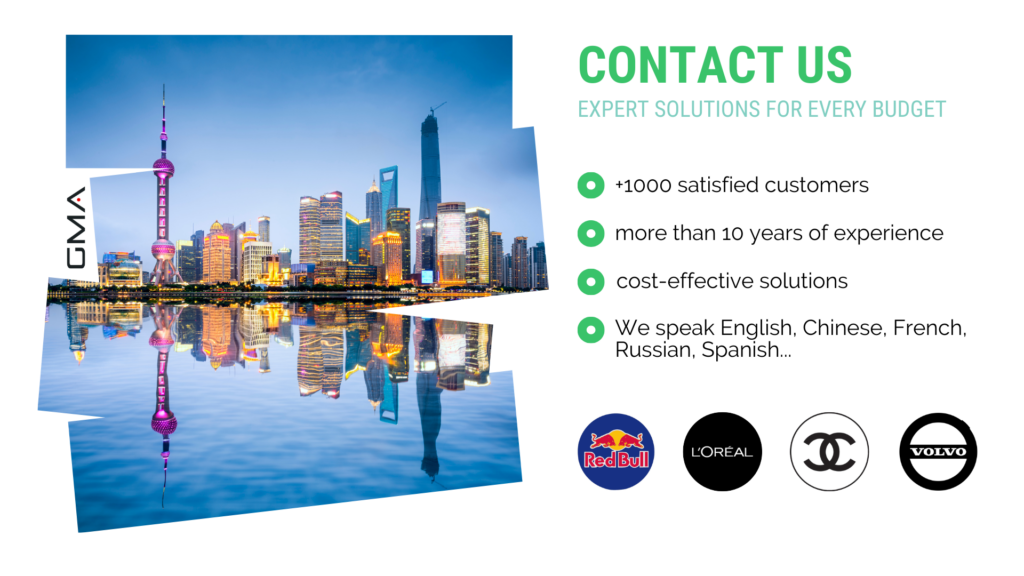
Keep in mind that an original idea can create different ideas if it is well constructed, maybe for future multiple versions. In China, you need to stay honest and find inspiration. You should learn by practicing to be original while creating digital content that will be effective in the long term. In China, you are not in 2021, but in 2025. The market trends are evolving fast, and you need to follow along if you do not want to stay behind.
At Gentlemen Marketing Agency, we work with brands from 50+ countries around the world. We help them understand the Chinese market and build tailor-made solutions to seduce and retain Chinese consumers. You can contact us to know more about our case studies and our different solutions to perform in China.


